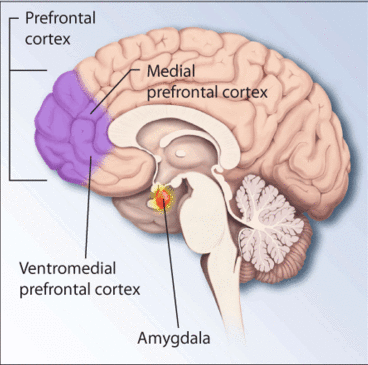Study details prevalence of PTSD in Vietnam War women vets

Women who served in Vietnam have higher odds of posttraumatic stress disorder (PTSD) than women stationed during that era in the United States, and this effect appears to be associated with wartime exposures including sexual discrimination or harassment and job performance pressures, according to an article published online by JAMA Psychiatry.
During the Vietnam era, approximately 5,000 to 7,500 American women served in the U.S. military in Vietnam, at least 2,000 were stationed at nearby bases in Japan, the Philippines, Guam, Korea and Thailand, and 250,000 were in the United States. Most of the deployed women were nurses, although others filled clerical, medical and personnel positions. Although women were excluded from combat, women in Vietnam were still in a war theater and many of those stationed near Vietnam were exposed to casualties and other stressors.
Kathryn Magruder, Ph.D., M.P.H., of the Johnson Veterans Affairs Medical Center, Charleston, S.C., and coauthors report the main findings from the Department of Veterans Affairs (VA) Cooperative Study 579, the Health of Vietnam-Era Women's Study (HealthVIEWS).
Among the 4,219 women (48.3 percent) who completed a survey and telephone interview, 1,956 served in Vietnam, 657 were near Vietnam and 1,606 served in the United States. Most of the women who served in Vietnam and in the United States were in the Army, while most of the women who served near Vietnam were in the Air Force. Women in Vietnam were more likely to be nurses.
The lifetime prevalence of PTSD was 20.1 percent for women in Vietnam, 11.5 percent for women near Vietnam and 14.1 percent for women in the United States. The prevalence for current PTSD active within the past year was 15.9 percent for women in Vietnam, 8.1 percent for women near Vietnam and 9.1 percent for women stationed in the U.S., the study reports.
Wartime exposure increased the odds of PTSD, especially exposure to sexual harassment and job performance pressure, according to the results. Sexual discrimination or harassment, which is not thought of as a unique war zone exposure, was higher among deployed women and related to PTSD in every model of analysis.
The authors acknowledge their findings differ from another national study of PTSD among Vietnam-era women veterans. They also note nonrespondents to the study, including those who have died, may have had a different PTSD prevalence. "Because current PTSD is still present in many of these women decades after their military service, clinicians who treat them should continue to screen for PTSD symptoms and be sensitive to their noncombat wartime experiences," the study concludes.
More information: JAMA Psychiatry. Published online October 7, 2015. DOI: 10.1001/jamapsychiatry.2015.1786


















